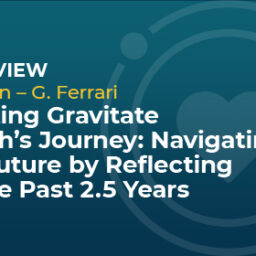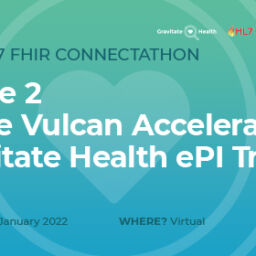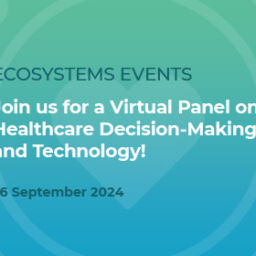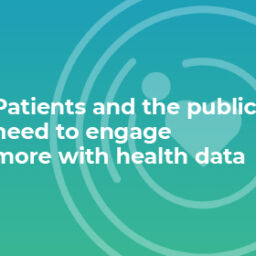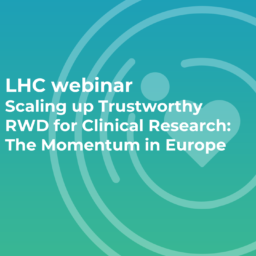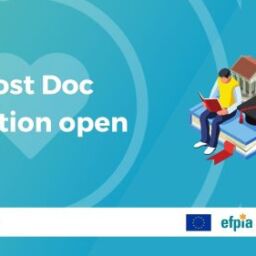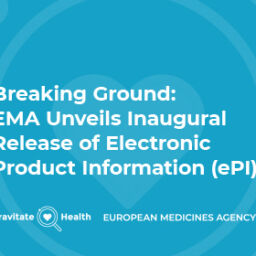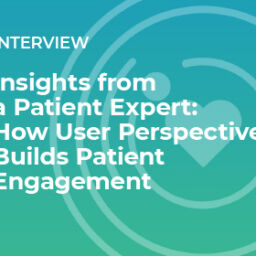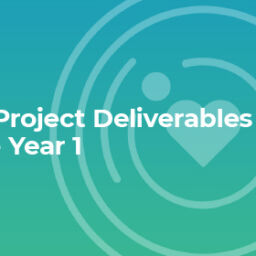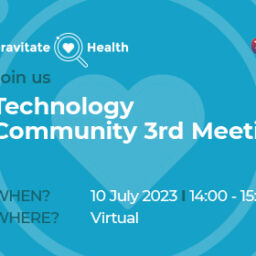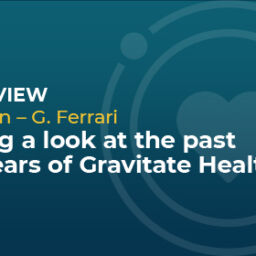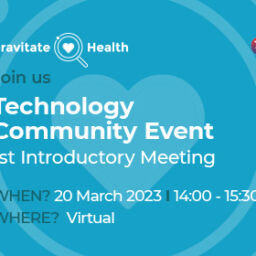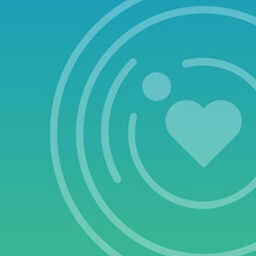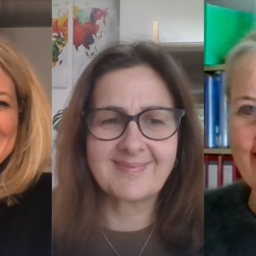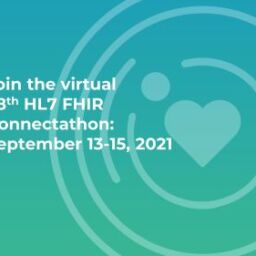Spotlight on WP1
Task 1.1 carried out an extensive review and end users' consultation to identify the key stakeholders needs and preferences, the information personalisation desired features and functionalities: what are the most important learnings you gathered? How will they be leveraged by Gravitate Health next actions?

“The goal of T1.1 was to elicit stakeholder input, including direct users such as patients, caregivers and healthcare professionals, regarding the needs for the Gravitate Health digital solution. Through a series of interviews and a Delphi survey, we were able to listen to, clarify, and eventually prioritize the desires of our target users. For example, common themes included the need to understand adverse drug reactions (ADR) information in the label, how to manage polypharmacy and how to access information about relevant updates to the patient leaflet without putting the onus on the patient to find this information themselves.
Overall, we found that the solution would provide the most added value by being focused and presenting the required information in the context of the individual end-user. These customisable aspects of the tool could also support efforts to gather information related to healthcare pain points for indirect stakeholders such as health policy advisors and research institutions.
The results of T1.1 will feed directly into T1.3 and build the foundation for other work packages. Currently, T1.3 is using the findings of T1.1 and T1.2 to look at the degree of customization possible in relation to sources of information and other external factors.”
Task 1.2 designed a series of Personas to help the design team to prioritise and address the features they will implement. What are they? How will they help drive the next design steps?

“Co-leading a task that is all about uncovering real peoples needs was a true privilege. We did extensive research and summarized the key needs and characteristics of patients into visually compelling tools called Personas.
Personas are great because they help designers and developers to build empathy for the users while keeping the discussions focused on the needs of real people and away from technology, which in the first phases of the design thinking process, is crucial to success. Personas easily communicate information about users so that designers and developers make customer-centric decisions. Today, we are able to create the most advanced IT solutions and very engaging interfaces but if they fail to address real users’ needs and fit into their lifestyles and individual context, thus providing meaningful value for their lives, these solutions become irrelevant and a waste of scarce resources (time, money, attention).
Being part of a team of like-minded individuals who kept the interests of patients at the heart of the activities was important to advancing the conversation within Gravitate Health in the right direction and to successfully delivering the personas, the patient journeys and the service blueprints that will support the work ahead.”
“We found that the solution would provide the most added value by being focused and presenting the required information in the context of the individual end-user”
~ Helena Harnik
“Personas help designers and developers to build empathy for the users while keeping the discussions focused on the needs of real people and away from technology”
~ Natercia Rodrigues



